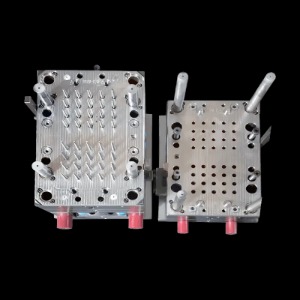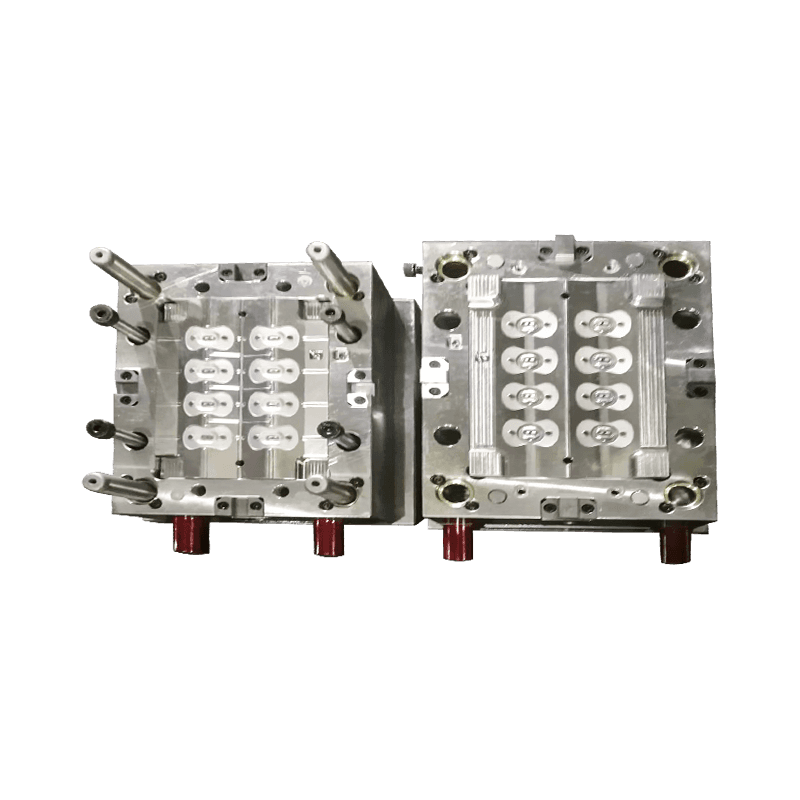We are committed to providing customers with high-quality, precision mold solutions.
Toolbox Molds
Cat:Toolbox And Accessories Mold
Toolbox molds encompass a variety of types designed to produce different styles and sizes of toolbox...
See Details
The selection of medical injection molds, critical for manufacturing everything from surgical instruments to diagnostic components, is a process governed by a universal demand for precision and quality. However, the specific priorities and constraints that shape this selection exhibit notable variations across different global regions. These differences are not arbitrary but stem from distinct regulatory frameworks, divergent market structures, contrasting supply chain philosophies, and varying levels of technical expertise.

Divergence in Regulatory Frameworks and Validation Requirements
The regulatory landscape is perhaps the significant factor creating regional differences in mold selection, as it dictates the entire validation and documentation process.
United States: FDA and Rigorous Process Control: In the United States, the Food and Drug Administration (FDA) regulations, particularly the Quality System Regulation (QSR) in 21 CFR Part 820, emphasize rigorous process validation. The selection of a mold is heavily influenced by the need to document and validate every stage of its lifecycle—from design and machining to maintenance and repair. This favors mold makers who can provide extensive documentation, including full Design History Files (DHF) and Installation Qualification/Operation Qualification/Performance Qualification (IQ/OQ/PQ) protocols. The focus is on traceability and a robust, defensible quality system.
European Union: MDR and Risk Management: In the European Union, the Medical Device Regulation (MDR) places a strong emphasis on a thorough risk management process, following ISO 14971. Mold selection in the EU is often guided by the need to integrate seamlessly into a comprehensive risk management file. This includes detailed analysis of potential failure modes in the molding process that could affect the final device's safety and performance. The choice of mold design, materials, and maintenance schedules must be justified within this risk-based framework, often a preference for designs that minimize complex actions and potential particulate generation.
China: Evolving NMPA Standards and Growing Scrutiny: In China, the National Medical Products Administration (NMPA) has been progressively aligning its standards with international norms, but the regulatory environment is still in a state of maturation. For domestic manufacturers, mold selection might have historically prioritized cost and speed. However, for products targeting both the Chinese and export markets, there is a growing bifurcation. Manufacturers are increasingly selecting higher-grade molds that can meet the more stringent documentation and material traceability requirements of the FDA and MDR, indicating a dual-track approach within the region.
Contrasting Priorities in Cost, Innovation, and Market Structure
Economic factors and the structure of the medical device industry in each region create different pressures that influence mold selection.
North America and Europe: Emphasis on Innovation and Automation: In established markets, there is a significant focus on developing innovative medical devices, which often require highly complex and customized molds. The high cost of labor in these regions also drives the selection of molds designed for high levels of automation. This includes molds with robotic interfaces for part removal, in-mold sensing for quality control, and quick-change capabilities to minimize downtime. The initial capital investment is higher, but it is justified by long-term operational efficiency and the ability to produce sophisticated components.
Asia: Cost-Effectiveness and Scalability: In many Asian manufacturing hubs, the initial tooling cost is a primary driver. There is a large and competitive market of mold makers capable of producing standard and reliable molds at a lower cost. The selection criteria often prioritize achieving an acceptable quality level at the economical price point, making these regions attractive for high-volume, less complex devices. The focus is on scalability and the ability to produce large quantities efficiently, leveraging lower labor costs for operations that are less automated.
Variations in Supply Chain Philosophy and Material Selection
The stability and philosophy of the supply chain, along with material preferences, further differentiate regional selection criteria.
Local Sourcing and Risk Mitigation: In Europe and North America, there is a growing trend toward nearshoring or regionalizing supply chains to mitigate risk, a lesson underscored by recent global disruptions. This leads to a preference for selecting mold makers and steel suppliers within the region or from politically stable partners. This reduces lead times and logistical complexity, even if the initial cost is higher than sourcing from a distant, low-cost region.
Material Standards and Traceability: While premium mold steels (e.g., from Germany, Sweden, or Japan) are used globally for critical applications, the insistence on certified and fully traceable raw materials is more pronounced in Western markets. A mold for a Class II or III medical device in the U.S. or EU will almost certainly require steel with mill certificates providing a full chemical analysis and heat treatment history. In some other regions, while the same steel might be used, the level of required documentation and traceability may be less exhaustive for the domestic market.
Contact Us